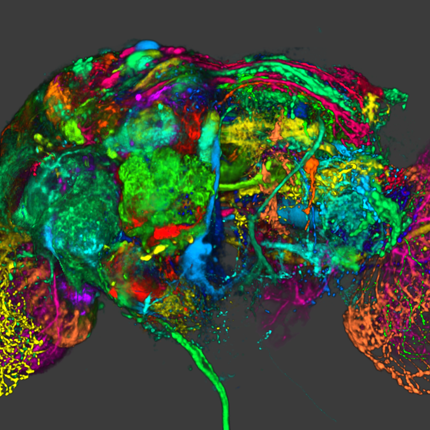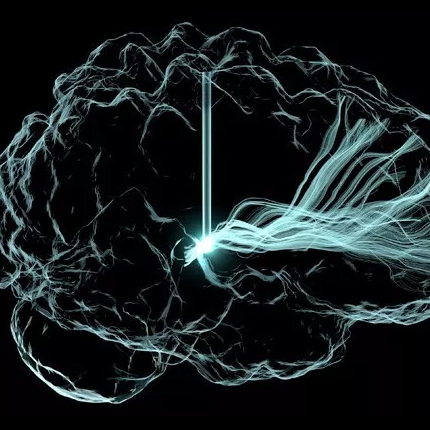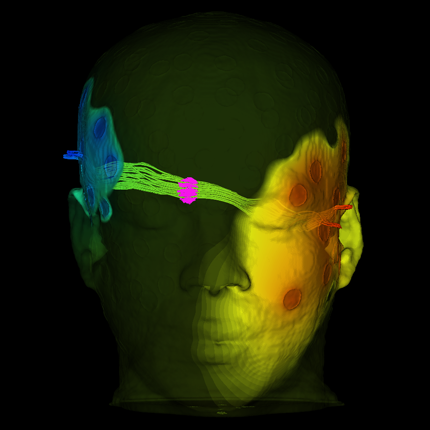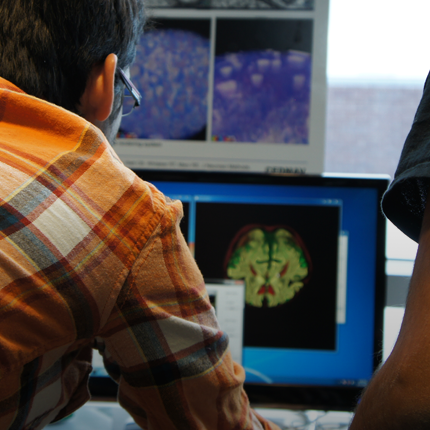The SCI Institute
30 years on the cutting edge
Drs. Chris Johnson and Rob MacLeod, along with their first graduate students, founded the Scientific Computing and Imaging (SCI) research group in 1994. Early growth in 1996 resulted in the SCI research group graduating to the status of a University of Utah (UofU) research center. In 2000, coinciding with a major National Institutes of Health National Centers for Research Resources (NCRR) award, the Center for SCI joined seven other UofU permanent research institutes as the Scientific Computing and Imaging Institute. The SCI Institute is now led by Dr. Manish Parashar and is home to over 200 faculty, students, and staff. The SCI's 21 tenure-track faculty members are drawn primarily from the School of Computing and the Departments of Mathematics, Biomedical, Mechanical, and Electrical and Computer Engineering. Almost all faculty members have adjunct appointments in other medical and technical departments.A culture of multidisciplinary, collaborative and translational research underpins the history of the SCI Institute. SCI faculty members come from a range of backgrounds and are united by a passion for collaborative, interdisciplinary science and engineering. The SCI Institute culture and its research reputation have enabled the directors to recruit recent faculty members such as Kate Isaacs (associate professor, computer science), Shireen Elhabian (associate professor, computer science), Paul Rosen, (associate professor, computer science), and Amir Arzani (assistant professor, mechanical engineering).
Over the past three decades, the SCI Institute has established itself as an internationally recognized leader in visualization, high-performance/scientific computing, data management and analytics, and image analysis applied to a broad range of domains. The overarching research objective is to conduct use-inspired/application-driven research that translates to new scientific computing techniques, tools, and systems. Alongside our research goal is our mission to use our research to educate students and staff. The SCI Institute is proud to have graduated, with an education at the cutting edge of research, over 400 graduate students and postdoctoral fellows (the Institute has also interned nearly 100 undergraduates). SCI Institute graduates move into international faculty positions with universities and become innovators with companies such as Exxon Mobil, Nvidia, Google, Intel, and Medtronics.
Building on SCI’s early underpinnings, SCI researchers continue to focus on applications in biomedicine; however, we are also continuously broadening our engagements to address challenging computational problems in a variety of application domains, including materials, manufacturing, defense, plasma physics, geosciences, and energy. SCI Institute research interests generally fall into the areas of scientific visualization, high-performance scientific computing and numerics, data management and analytics, image processing and analysis, and scientific software environments. SCI Institute researchers also apply many of these computational techniques within their own scientific and engineering subspecialties, such as fluid dynamics, biomechanics, electrophysiology, bioelectric fields, parallel and distributed computing, data-management, inverse problems, and neuroimaging.
A particular hallmark of SCI Institute research is the development of innovative and robust software packages, including the SCIRun scientific problem-solving environment, Seg3D, ImageVis3D, VisTrails, ViSUS, Cleaver, map3d, DataSpaces, and RPulsar. All these packages are broadly available to the scientific community under open-source licensing and are supported by web pages, documentation, and user groups.
With a focus on national and international collaborations, the SCI Institute has a history of involvement in national research centers such as the NIH Center for Integrative Biomedical Computing (CIBC), the NSF National Science Data Fabric, the NSF National Data Platform, the NSF CiCompass; as well as the University of Utah's new Responsible AI Initiative.
 |
 |
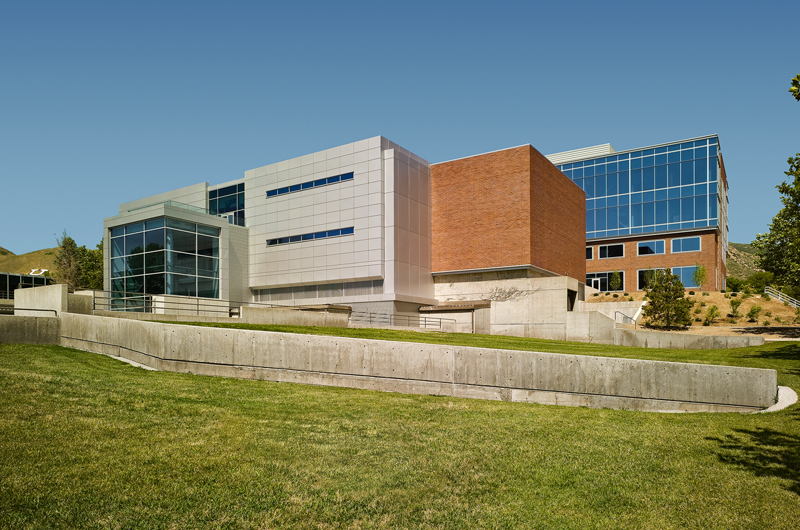 |
 |
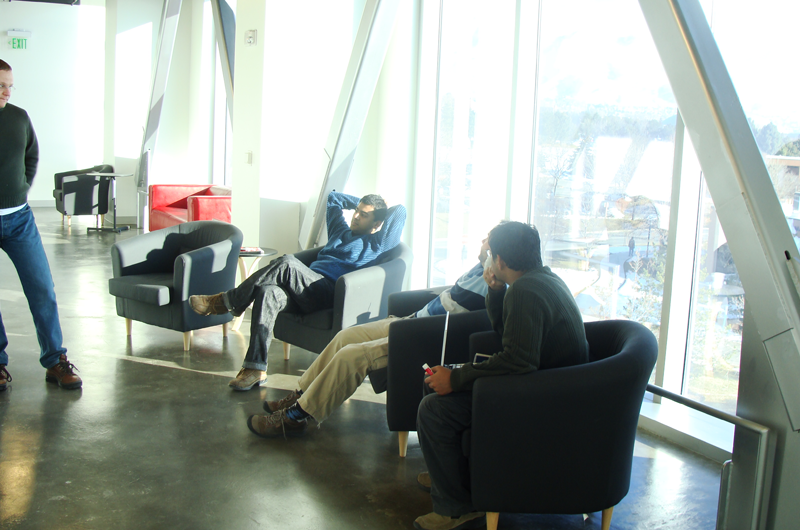 |
 |
 |
 |

